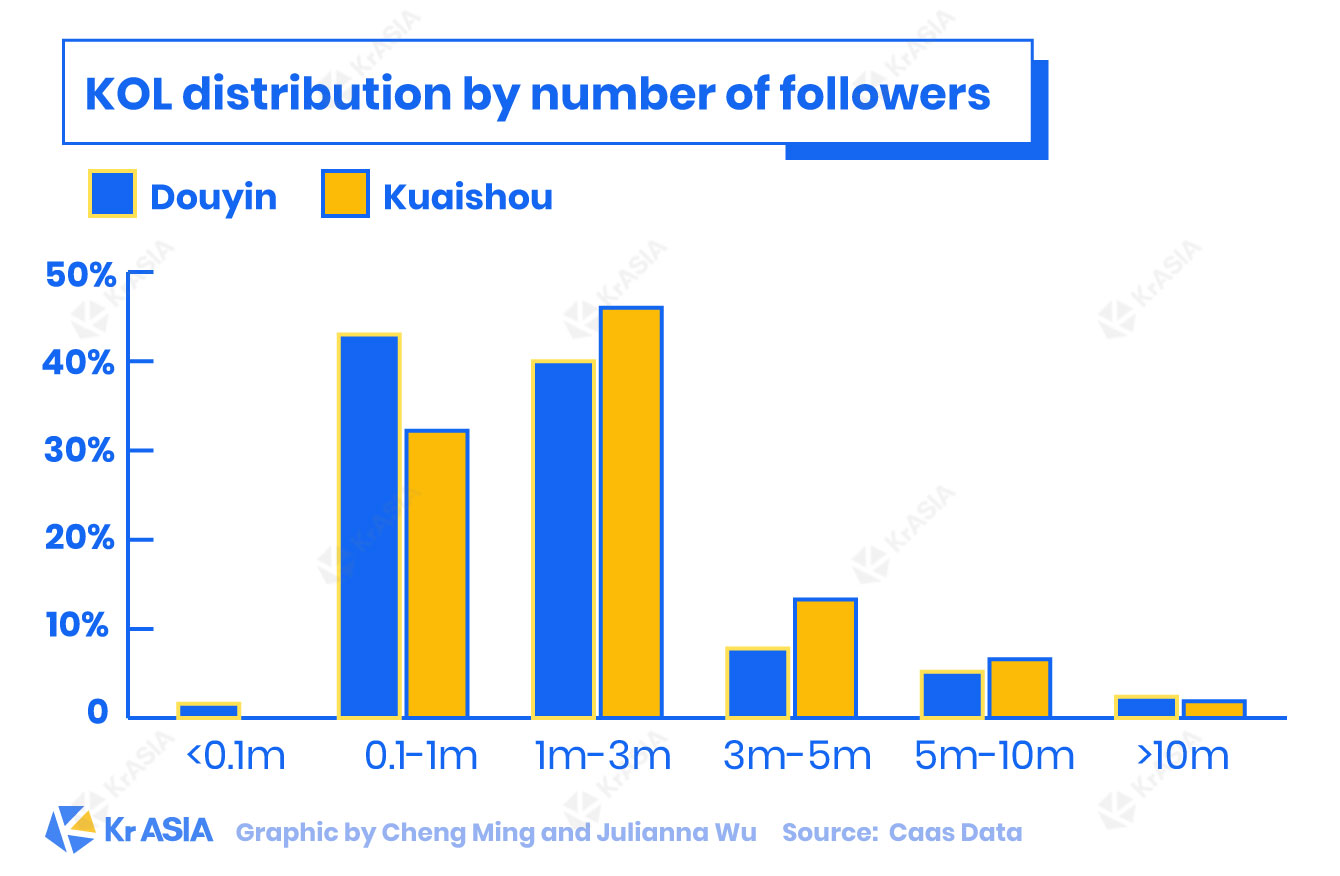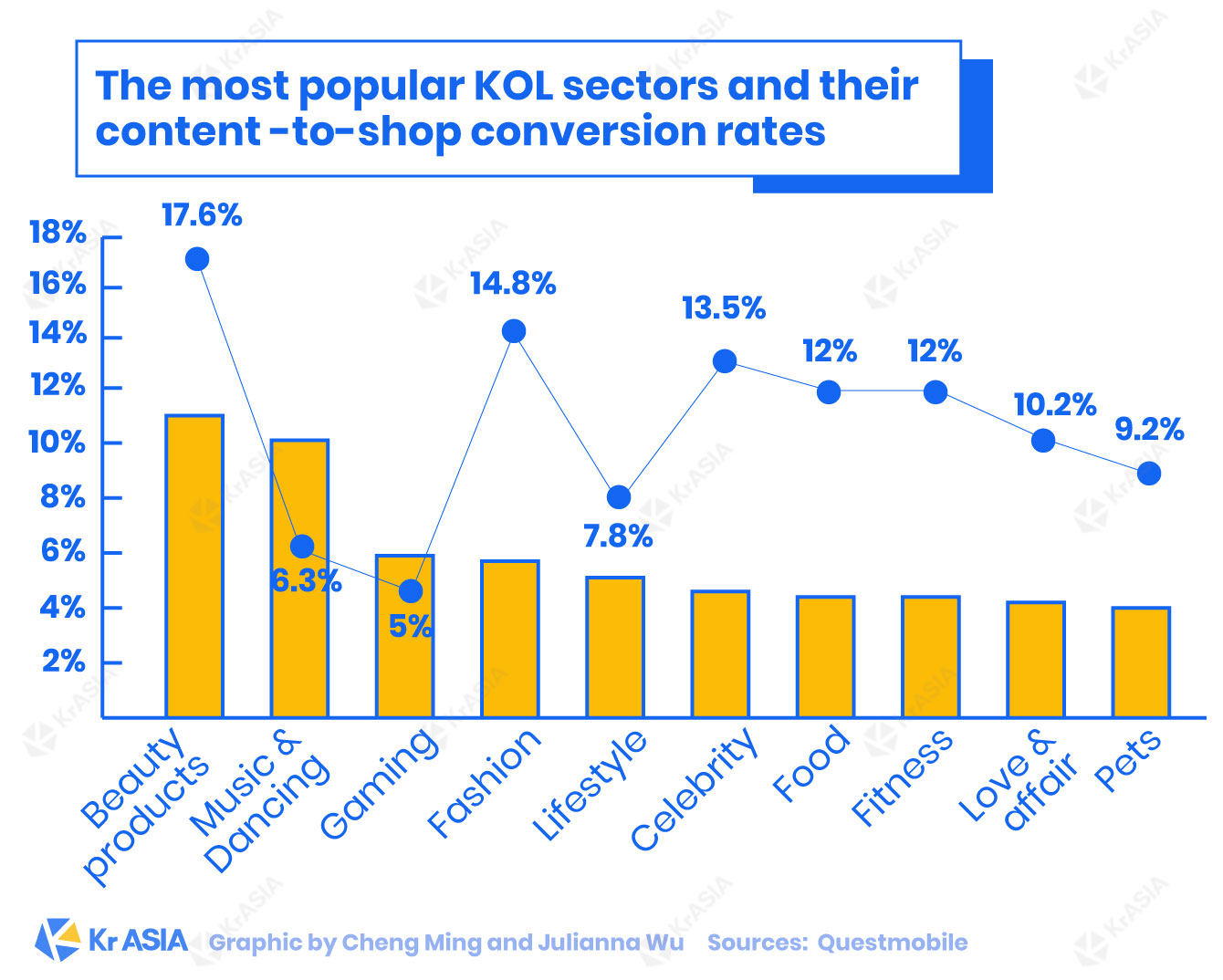Lots of free time, always looking glamourous and camera-ready, doing what they love with considerable income, often get to play, eat or try the newest products for free……these might be what general public have in mind when picturing what a social media key opinion leader (KOL)’s life would be like.
In China, social media vlogger has become a hot choice of career. In 2016, more than 60% of the people born after 1995 said they want to chose KOL to be their future career, as QQ, one of the most popular chatting app in the country, found out by surveying its 800 million active users.
Only the reality is harsh: it’s a job with an unstable income, fierce competition, and requires long term persistence. If the videos are not gaining popularity, one’s revenue stream could easily dry up.
As Chinese audiences mature from years of social media usage, an eye-catching appearance, copycat acts or low-brow comedy is not enough to guarantee a sustainable career anymore.
Who are the KOLs?
For most of China’s social media platforms, young female makeup artists and fashion stylists take up a big portion of the active KOLs.
Except for short-video app Kuaishou, which has nearly twice as many male KOLs as female ones.

A billion-dollar business
In the recent decade, mobile social media platforms like WeChat, Weibo, RED, as well as short video apps like Douyin and Kuaishou have grown to become important channels for brands to reach and interact with their target consumers.
Businesses came to realize that a line of recommendation from consumers’ trusted KOLs can be a much more effective advertisement than the big billboards on the crossroad or window blast on the website.
In 2020 Q1, while the advertising market, in general, was hurt by the COVID-19 outbreak, many internet companies’ online advertising revenue gained increase. Gaming and social media giant Tencent (HKG: 0700), for example, saw its online advertising revenue rise 32% year-on-year in the quarter.

According to consulting firm Huaon’s report, the market size of KOL marketing in China is going through a quick rise to hit USD 11 billion in 2020.
Money not coming easy
The increasing market size has resulted in staggering incomes for some KOLs.
Depending on the social media platform, top-tier KOLs can charge as much as RMB 600,000 (USD 87,200) for one exclusive publication, according to the latest summary done by a Chinese self-publishing account madmen.
Li Jiaqi, one of the top livestreamers in China right now, reportedly charges RMB 80,000 to 100,000 (USD 11,630 to 14,540) to include the brand’s product in his show.
However, there’s only one Li Jiaqi in China, and “only the big KOLs can put up a fast-earning livestreaming show on the platforms. Most of the rest still depend on advertisements for income,” said Vivi, a KOL agent for a multichannel network (MCN) company based in southern Chinese city Hangzhou.

Take short video apps Douyin and Kuaishou for example, more than 80% of the KOLs are within the middle-range with 100,000 to 3 million followers.
According to Vivi’s experience, beauty and cosmetics vloggers have the best profitability.
Questmobile’s data agrees with her, as beauty product KOLs have the highest conversion rate among all content categories, meaning users are more likely to visit the shopping link of the product after viewing the content.

While for certain categories, like music & dancing and gaming, the popularity doesn’t necessarily translate into cash as well as sales.
A cause that requires a long term commitment
MCN agent Vivi manages a fashion styling vlogger, who has a total of 70,000 followers across different platforms. “She earns only around RMB 10,000 (USD 1,450) a month, which is barely anything after MCN takes its share,” said the agent.
“Being a KOL is not as easy as people think,” says Vivi: “there’s a certain degree of luck to gain huge public exposure at a point in time. But you need to have good content when the luck arrives.”
Hong Kong-based KOL Meiying took a risk by quitting her job in June 2018 to become a full-time fashion and lifestyle vlogger. She now publishes weekly 15-minute videos on Bilibili (NASDAQ: BILI), China’s Youtube-alike video streaming site.
While Meiying managed to surpass her previous full-time job’s income nine months after starting and earns a “satisfactory” amount now, she still can’t call it a stable income. She now has some 270,000 followers on Bilibili.
Also, being a KOL isn’t as free as the public may think: “there’s no off-work time, unlike before when I did 9 to 6,” said Meiying, admitting the new career is much more stressful.
“This job needs a lot of persistence,” said Meiying. “A lot of the young girls these days want to be a KOL in the future. But it’s not a good thing for them if they’re not mature and determined enough.”
